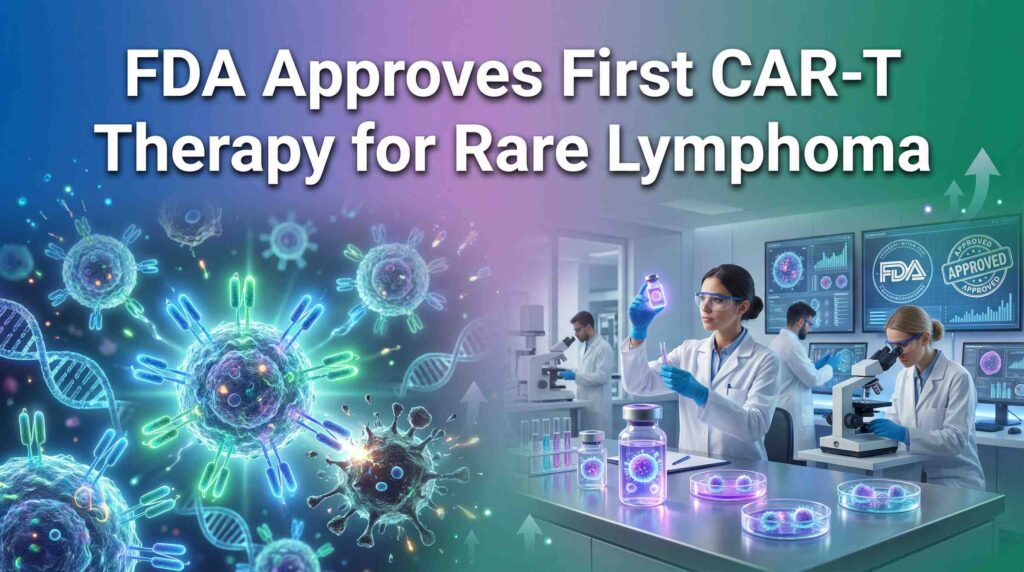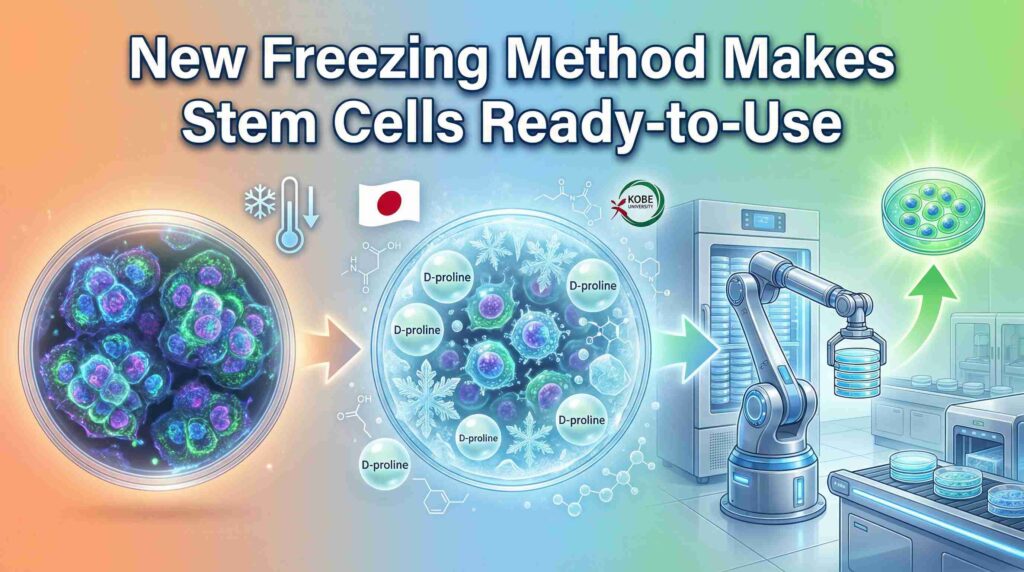In the realm of medical innovation, few areas promise as much transformative potential as induced pluripotent stem cell (iPSC) technology. When it comes to the elusive and complex autoimmune disease known as systemic lupus erythematosus (SLE), iPSCs offer a beacon of hope.
Imagine if we could turn back the clock on a cell’s life, directing it to become any type of cell needed to heal the body. That’s the magic we’re exploring with iPSCs.
Understanding Lupus
What is Systemic Lupus Erythematosus?
Systemic lupus erythematosus is akin to a mistaken identity crisis within the body’s immune system. It’s an autoimmune disease where the body’s defenses, which typically guard against invaders, turn against its own tissues. This internal conflict can lead to a spectrum of symptoms, from skin rashes to kidney damage, and varies as widely as the individuals it affects.
The Impact on Patients
Living with lupus can be like riding an unpredictable storm—calm one moment and turbulent the next. Patients may experience fatigue, joint pain, and other debilitating symptoms that unpredictably flare and subside, making daily life a challenge. For those bearing this burden, the search for more effective treatments is not just a scientific quest but a deeply personal one.
Traditional Therapies for Lupus
Current Standard of Care
The treatments available today for systemic lupus erythematosus are like a patchwork quilt—made of many different pieces, but not always providing complete coverage. From anti-inflammatory medications to immunosuppressants, each comes with its own set of side effects and limitations.
Limitations of Current Treatments
While these treatments can provide relief, they’re often accompanied by a host of side effects that can sometimes feel as challenging as the disease itself. Imagine trying to extinguish a fire, but the water you’re using is also flooding your house. That’s the dilemma many lupus patients face with current therapies.
The Science of Induced Pluripotent Stem Cells (iPSCs)
A New Era of Cellular Alchemy
The induced pluripotent stem cell technology is the modern-day philosopher’s stone, turning adult cells into a nearly limitless source of pluripotent stem cells capable of becoming any cell type in the body. Think of it as a cellular identity reset, where a skin cell, for example, can be reprogrammed to forget it was ever skin, opening up a world of therapeutic possibilities.
How iPSCs Are Created
Creating iPSCs is like convincing a seasoned detective to forget all their years of experience and become a rookie again. Scientists introduce factors into mature cells that erase their cellular memory and revert them to a state similar to embryonic stem cells. This process creates a cell line that, while not as controversial as embryonic stem cells, offers comparable potential.
iPSCs in Experimental Lupus Treatment
Charting New Territories
In the quest to conquer lupus, iPSCs are the explorers of uncharted biological territory. Researchers are harnessing these cells to understand the disease better and to develop targeted treatments.
The Potential for Lupus
Using patient-derived induced pluripotent stem cells, scientists can create models of lupus within the lab, akin to having a patient’s disease in a petri dish. This allows for a personalized approach to understanding the generation of systemic lupus and tailoring treatments to the individual.
Advantages of Using iPSCs for Lupus
Personalized Medicine’s New Frontier
The advantage of iPSCs in treating lupus is clear: they offer a personalized treatment avenue, much like tailoring a suit to fit the unique contours of the body. These cells, derived from the patient’s own tissues, can potentially regenerate damaged organs without the risk of rejection.
Ethical and Practical Superiority
Unlike their embryonic stem counterparts, iPSCs sidestep the ethical quagmire and offer a more readily available source of pluripotent stem cells from patients. It’s the difference between using a custom mold for a part rather than relying on a one-size-fits-all component.
Challenges and Considerations
Navigating the Hurdles
As promising as induced pluripotent stem cell technology is, it’s not without its challenges. It’s akin to planning a mission to Mars; the potential is vast, but so are the obstacles. We must navigate the technical complexities, ensure the safety of the therapies, and address regulatory hurdles.
Safety and Regulation
The path to bringing iPSCs from the lab to the clinic is fraught with safety concerns. Each cell line must be thoroughly vetted for genetic stability and the absence of unintended changes that could pose risks. It’s a bit like making sure each astronaut is fit for the journey and the spacecraft is free of defects.
The Road Ahead
Pioneering the Future
The future of lupus treatment with iPSCs is on the horizon, and it looks bright. We’re on the brink of a new frontier where personalized medical treatments are the norm, and chronic diseases like lupus are managed more effectively than ever before.
Ongoing Research and Collaboration
The journey ahead is not a solo endeavor but a collective effort. Researchers, clinicians, and patients are coming together in a shared mission to push the boundaries of what’s possible with patient-derived iPSCs. As we collaborate, we forge a path to a future where lupus is no longer an indomitable foe but a manageable condition.
FAQ
Q: What are induced pluripotent stem cells (iPSCs)?
A: Induced pluripotent stem cells (iPSCs) are cells that can be reprogrammed from adult cells, such as skin cells or blood cells, to behave like embryonic stem cells. They have the potential to differentiate into various cell types in the body.
Q: How are iPSCs used in treating lupus?
A: iPSCs can be used in studying the mechanisms of lupus and in developing potential cell therapies for the disease. By generating iPSCs from patients with systemic lupus erythematosus (SLE), researchers can create disease models to better understand lupus and develop personalized treatments.
Q: What is the significance of iPSCs in stem cell research?
A: iPSCs are significant in stem cell research as they provide a valuable tool for studying human diseases, including autoimmune diseases like lupus. They offer a way to study disease mechanisms, test potential treatments, and potentially provide personalized cell-based therapies.
Q: Can iPSCs be generated from patients with autoimmune diseases?
A: Yes, iPSCs can be generated from patients with autoimmune diseases like lupus. This allows researchers to create disease-specific cell lines for studying the disease, developing new treatments, and potentially conducting cell replacement therapies.
Q: How are iPSCs characterized in the context of lupus research?
A: In the context of lupus research, iPSCs are characterized by studying their differentiation potential, genetic makeup, and the ability to model the characteristics of SLE. This characterization helps in understanding the disease and developing targeted treatments.
Q: What are integration-free induced pluripotent stem cells?
A: Integration-free induced pluripotent stem cells are iPSCs generated without the use of integrating viral vectors, which can affect the genetic stability of the cells. These cells are considered safer for potential therapeutic applications.
Q: Can iPSCs be used to differentiate into specific cell types?
A: Yes, iPSCs can be directed to differentiate into specific cell types, including immune cells and mesenchymal stem cells, which are relevant to studying and treating autoimmune diseases like lupus.
Q: How are iPSCs applied in the context of treating inflammatory autoimmune diseases?
A: iPSCs can be applied in studying the mechanisms of inflammatory autoimmune diseases and developing cell-based therapies. By deriving relevant cell types from iPSCs, researchers can explore potential treatments for conditions like lupus.
Q: What is the role of iPSCs in disease modeling?
A: iPSCs play a significant role in disease modeling by allowing researchers to create cell-based models of diseases such as lupus. These models can be used to study disease mechanisms, screen potential drugs, and develop personalized treatments for patients.
Q: Can iPSCs be derived from urine for studying autoimmune diseases?
A: Yes, iPSCs can be derived from urine samples, offering a non-invasive method for obtaining cells from patients with autoimmune diseases like lupus. This approach enables the generation of disease-specific cell lines for research and potential therapies.
Conclusion
In the grand scheme of human health, induced pluripotent stem cells represent more than just a scientific breakthrough; they symbolize hope for millions affected by systemic lupus erythematosus. With every research paper, every clinical trial, and every patient story, we move closer to a world where autoimmune diseases are a chapter of the past.
References
Additional information can be found in the following sources:
- Research published on the Liebert Pub website that details the characteristics of iPSCs derived from SLE patients: Generation of Systemic Lupus Erythematosus Patient-Derived Induced….
- A study from NCBI that involves an integrated analysis of mRNA, microRNA, and protein in SLE-specific iPSCs: Integrated analysis of mRNA, microRNA and protein in systemic lupus….


